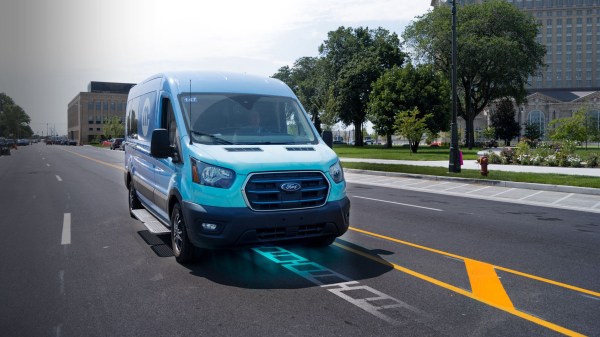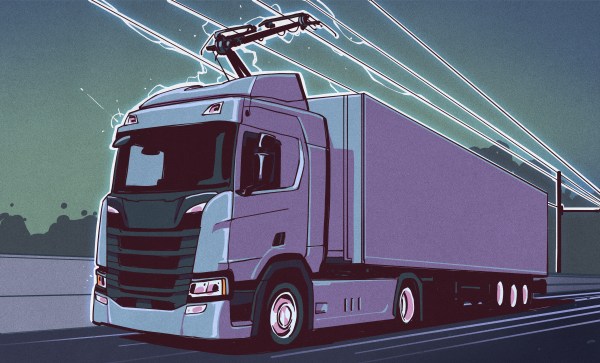Heavy vehicles like semi trucks pose a bigger challenge in electrifying the transportation fleet than smaller, more aerodynamic passenger cars. Michigan now has the first public in-road charging system in the United States to help alleviate this concern. [via Electrek]
Electreon, a company already active in Europe, won the contract to provide for the inductive coil-based charging system at the new Michigan Central Station research campus. Initial runs will be with a Ford E-Transit for testing, but there are plans to actually allow public use along the one mile (1.6 km) route in the near future.
Vehicles using the system need a special receiver, so we hope we’ll be seeing an open standard develop instead of having to have a different receiver for each road you drive on. This seems like it would be a more onerous swap than having to have three different toll road transponders. Unfortunately, the page about wireless standards on the Electreon website currently 404s, but CharIN, the standards body behind the Combined Charging Standard (CCS) did just launch a task force for wireless power delivery in September.
If you’re curious about other efforts at on-road charging, check out this slot car system in Sweden or another using pantographs.














